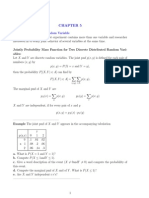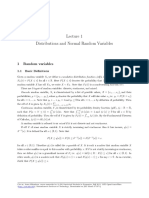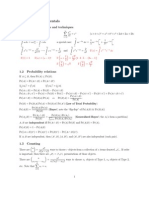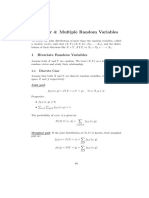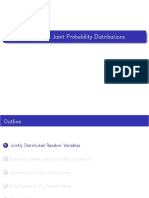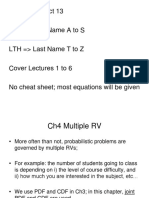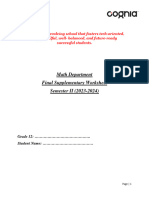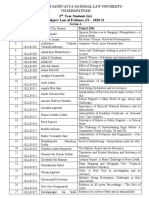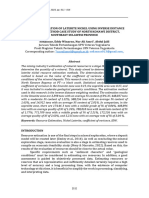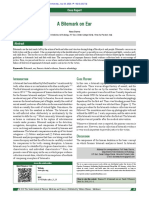0% found this document useful (0 votes)
85 views13 pagesFunctions of Random Variables
1) This document discusses how to find the probability distribution of a random variable Y that is a function of one or more random variables.
2) For a single variable case where Y = g(X), if X has a known probability distribution, then the distribution of Y can be obtained using a change of variables formula.
3) For multiple variable functions, sums and differences of normal random variables result in a new normal variable, while products/ratios do not necessarily remain normal.
Uploaded by
charlotte.chua03Copyright
© © All Rights Reserved
We take content rights seriously. If you suspect this is your content, claim it here.
Available Formats
Download as PDF, TXT or read online on Scribd
0% found this document useful (0 votes)
85 views13 pagesFunctions of Random Variables
1) This document discusses how to find the probability distribution of a random variable Y that is a function of one or more random variables.
2) For a single variable case where Y = g(X), if X has a known probability distribution, then the distribution of Y can be obtained using a change of variables formula.
3) For multiple variable functions, sums and differences of normal random variables result in a new normal variable, while products/ratios do not necessarily remain normal.
Uploaded by
charlotte.chua03Copyright
© © All Rights Reserved
We take content rights seriously. If you suspect this is your content, claim it here.
Available Formats
Download as PDF, TXT or read online on Scribd
/ 13


